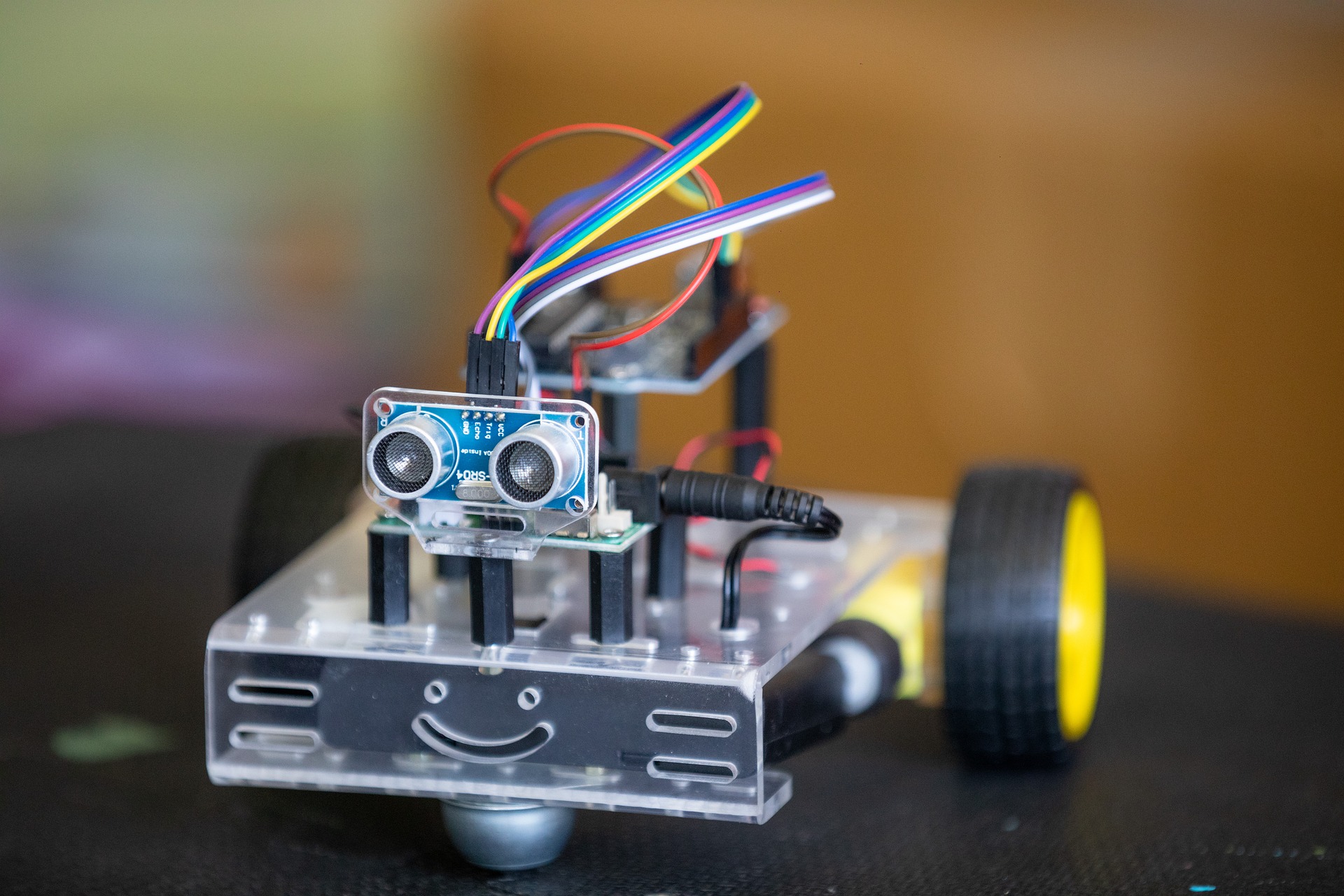Unleashing the Power of Bionics: The High-Tech Melding of Man and Machine
The realm of bionics, a fascinating blend of biology and electronics, is quickly advancing, promising to revolutionize the way we live, work, and play. This high-tech world is redefining human-machine interaction, blurring the line between man and machine, and unlocking capabilities that once only existed in the realm of science fiction.

The Dawn of Bionics
Bionics, or the application of biological principles to the design and engineering of electronic systems, was first introduced in the 1950s. It gained momentum in the 1960s with the development of the first cochlear implants, devices that allow deaf individuals to hear by bypassing damaged parts of the ear and directly stimulating the auditory nerve. Today, the field has expanded to include advanced prosthetics, brain-computer interfaces, and more, continually pushing the boundaries of what is possible.
Bionics Today: Beyond Imagination
Today’s bionic technology is a far cry from its initial applications. For instance, bionic limbs are now capable of responding to electrical signals from the brain, allowing amputees to regain a sense of touch, grip objects, and even play musical instruments. Moreover, bionic eyes are in development that could potentially restore sight to the blind. At Stanford University, researchers have developed a bionic device that mimics the eye’s natural motion, offering unprecedented levels of visual acuity.
Bionics and Brain-Computer Interfaces
One of the most exciting areas of bionics is the development of brain-computer interfaces (BCIs). These devices can read, interpret, and respond to brain signals, providing a direct communication pathway between the brain and an external device. BCIs have massive potential in various fields, from helping paralyzed individuals regain mobility to enhancing cognitive performance. According to a report by Grand View Research, the global BCI market size was valued at USD 1.4 billion in 2020 and is expected to grow at a compound annual growth rate (CAGR) of 14.6% from 2021 to 2028.
The Price Tag of Bionic Technology
Despite the exciting advancements, one of the significant challenges in the bionics field is the cost. Bionic limbs, for instance, can range from $5,000 to over $50,000, depending on their complexity. Furthermore, most insurance companies do not fully cover these devices, making them inaccessible to many who need them. However, as the technology continues to mature and economies of scale kick in, prices are expected to become more affordable.
The Future of Bionics
The future of bionics is bright and filled with possibilities. As research and development continue, we can expect to see even more impressive advances. For instance, researchers from the University of Minnesota have already developed a noninvasive BCI that allows a paralyzed individual to control a robotic arm using only their thoughts. Similarly, scientists at the University of Pittsburgh are working on a BCI that can restore full body movement to paralyzed individuals.
The realm of bionics is a thrilling blend of science fiction and reality. With the continuous advancements in this field, it’s clear that the line between man and machine will continue to blur, opening up a world of exciting possibilities.




